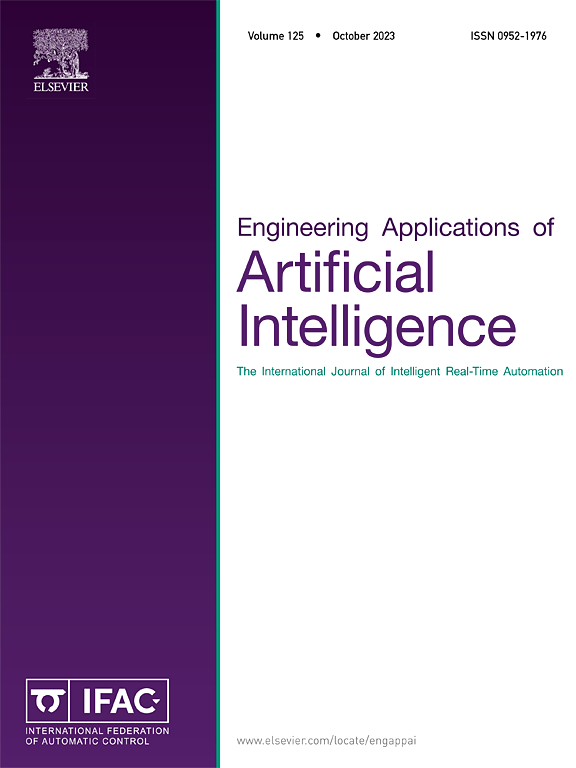One-dimensional input space modelling of a simplified general type-2 Mamdani and Takagi–Sugeno Fuzzy Proportional Integral Derivative controller
IF 7.5
2区 计算机科学
Q1 AUTOMATION & CONTROL SYSTEMS
Engineering Applications of Artificial Intelligence
Pub Date : 2025-02-22
DOI:10.1016/j.engappai.2025.110289
引用次数: 0
Abstract
A wide variety of fuzzy controllers have evolved over several decades. Several mathematical models of type-1 and interval type-2 fuzzy controllers have been explored. Most of these modelling approaches involved two-/three- dimensional input space. In this work, we have presented a simplified modelling approach for a General Type-2 (GT2) Mamdani and Takagi–Sugeno (TS) fuzzy Proportional Integral Derivative (PID) controllers involving input space of one-dimension. The fuzzy PID controller’s structure is the parallel combination of the Fuzzy Proportional (FP) plus the Fuzzy Integral (FI) plus the Fuzzy Derivative (FD) control actions. Having a parallel PID control structure simplifies the fuzzy ‘’ rules by eliminating the role of ‘’ (triangular norms) and ‘’ (triangular co-norms) operators. This decoupled rule base aids in decreasing the computing complexity of the GT2 fuzzy PID controller. Owing to the one-dimensional input space, the number of tuneable parameters for fuzzy controllers reduces significantly when compared to two- or three-dimensional input spaces. It is also demonstrated that the type-1 (T1) and interval type-2 (IT2) fuzzy controllers are variations of the GT2 fuzzy controller. In order to assess the controller models, we simulate two systems: the unstable first-order system with dead time and the Continuously Stirred Tank Reactor (CSTR). These models, nevertheless, may also be applied to other dynamic processes and systems.
求助全文
约1分钟内获得全文
求助全文
来源期刊

Engineering Applications of Artificial Intelligence
工程技术-工程:电子与电气
CiteScore
9.60
自引率
10.00%
发文量
505
审稿时长
68 days
期刊介绍:
Artificial Intelligence (AI) is pivotal in driving the fourth industrial revolution, witnessing remarkable advancements across various machine learning methodologies. AI techniques have become indispensable tools for practicing engineers, enabling them to tackle previously insurmountable challenges. Engineering Applications of Artificial Intelligence serves as a global platform for the swift dissemination of research elucidating the practical application of AI methods across all engineering disciplines. Submitted papers are expected to present novel aspects of AI utilized in real-world engineering applications, validated using publicly available datasets to ensure the replicability of research outcomes. Join us in exploring the transformative potential of AI in engineering.
 求助内容:
求助内容: 应助结果提醒方式:
应助结果提醒方式:


